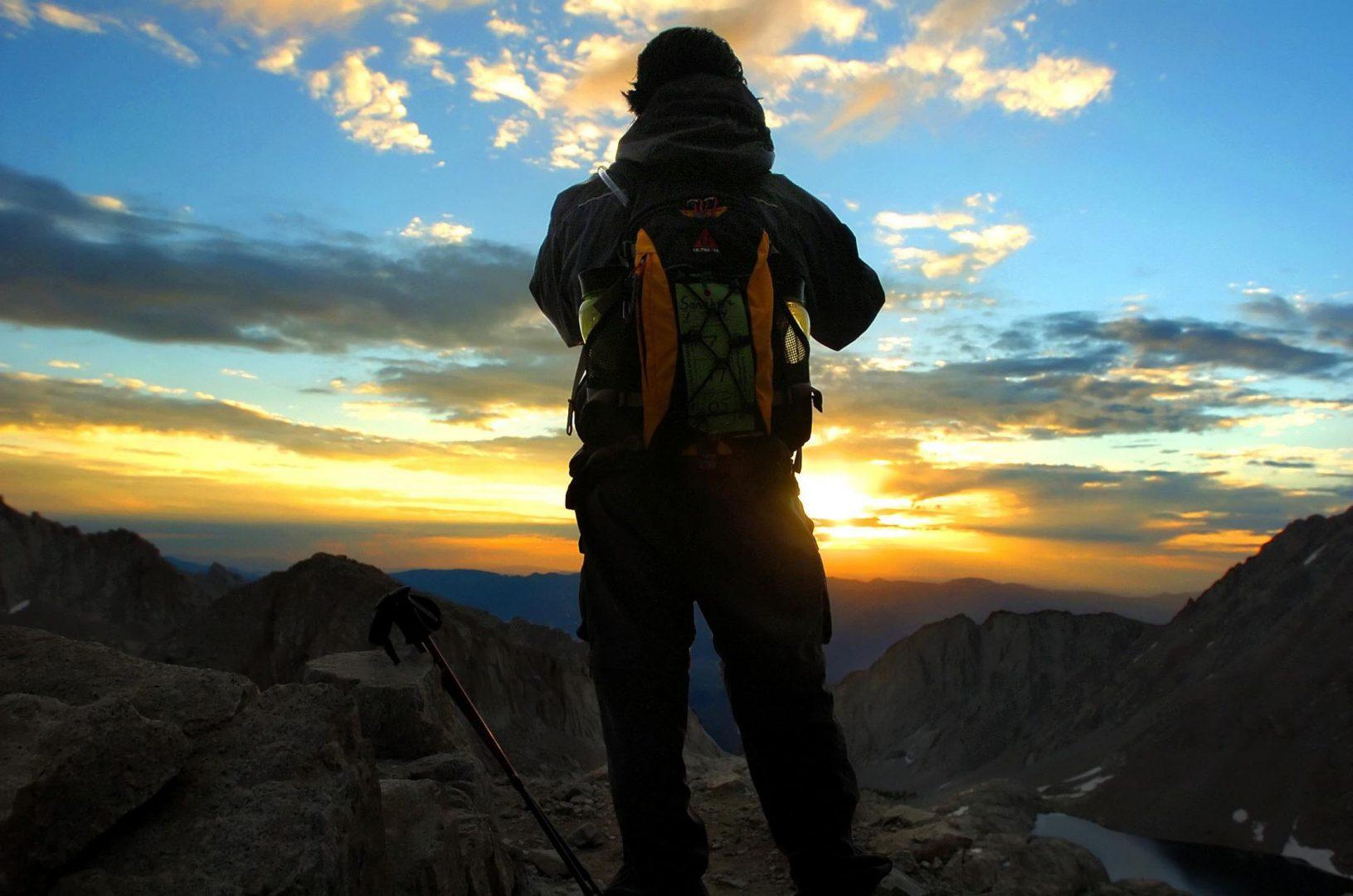Jordan Nicholson
Special to The Collegian
If you’ve been keeping up with this column and have enjoyed some of the previously recommended hikes, then I’m sure you are in the right state of mind: you have to go bigger.
It’s time to start planning the ultimate hiking excursion for this summer. To be honest, some of the best hikes I have done in our great state have been on the coast or stuck in the rugged mountains of Inyo National Park, with the best hike being Mt. Whitney, rising above the earth at around 14,500 feet.
This is one of those hikes that tests your limits and takes you above and beyond — literally.
Mt. Whitney is the highest peak in the lower 48 states and the trail, which twists and winds its way through various lakes, forests and small valleys, is roughly 25 miles in length. At each level of the hike, you see an new horizon and a new mountain to climb.
The rough yet exquisite terrain can, at times, overwhelm you, but in a good way. As you make your way up the trail, the elevation gain becomes more noticeable with every few hundred feet, when more rocks begin to appear and the vegetation fades away leaving exposed granite that looms over your head.
This is not an easy trail. I have done it twice, and it was a challenge both times, but that’s what makes it so great. There are moments throughout the hike when the ground may level, but prepare yourself for constant switchbacks and maneuvering yourself over various rocks and boulders, while still climbing in elevation.
Luckily, there is usually a running stream, and the high elevation lakes still seem to hold water even during these warm seasons.
There are two ways to do this hike that I would recommend: an overnight trip or an all day trip. You have to obtain a permit from the Eastern Sierra InterAgency Visitor Center in Lone Pine, the small town below the trailhead, for either the day or overnight hike. In my experience, the day permit is easier to get.
If you plan to do an all day hike, I recommend leaving Fresno at around 9 or 10 p.m. and driving the five hours to Lone Pine through the night so you can get on the trail before the sun comes up. Plan to be on the trail the entire day. You may even finish the hike after the sun goes down, so bring a headlamp and extra layers of clothing for the trek out.
The overnight hike however, allows you more time on the trail. You would want to set up camp at the climber’s camp at about 11,000 feet. You will see random tents set up below the looming peak, and there is a freshwater lake in this valley so you’ll know when to stop.
Make sure that you have sturdy shoes and sunscreen. Once you pass the climber’s camp you are completely exposed to the sun. You will be covering land on both the east and west side of the mountain, and the final winding trail that ascends to the peak is very exposed so bring a hat as well.
Most importantly, enjoy this hike, because it’s one of the best. Perched at the summit is the Smithsonian Institute Summit Hut built in 1909. So, take some pictures and relax, but be sure to give yourself enough time to get down.
I recommend looking up current trail conditions, check weather forecasts, call ahead about permit availability and make sure you research appropriate gear if you stay through the night.
Most importantly, blaze this trail so you can mark it off your bucket list of items toward becoming an outdoor enthusiast.




